Blood Transfusion Reactions in Cats

This handout summarizes the possible reactions a cat may experience when receiving a blood transfusion. Many transfusion reactions occur acutely, within seconds of starting the transfusion up to 48 hours post-transfusion. The clinical signs and treatment protocols both vary based on the type of reaction. Prior to a blood transfusion, your veterinarian may perform tests to help ensure that the donor blood is a good match for your cat.
Bladder Stones in Cats
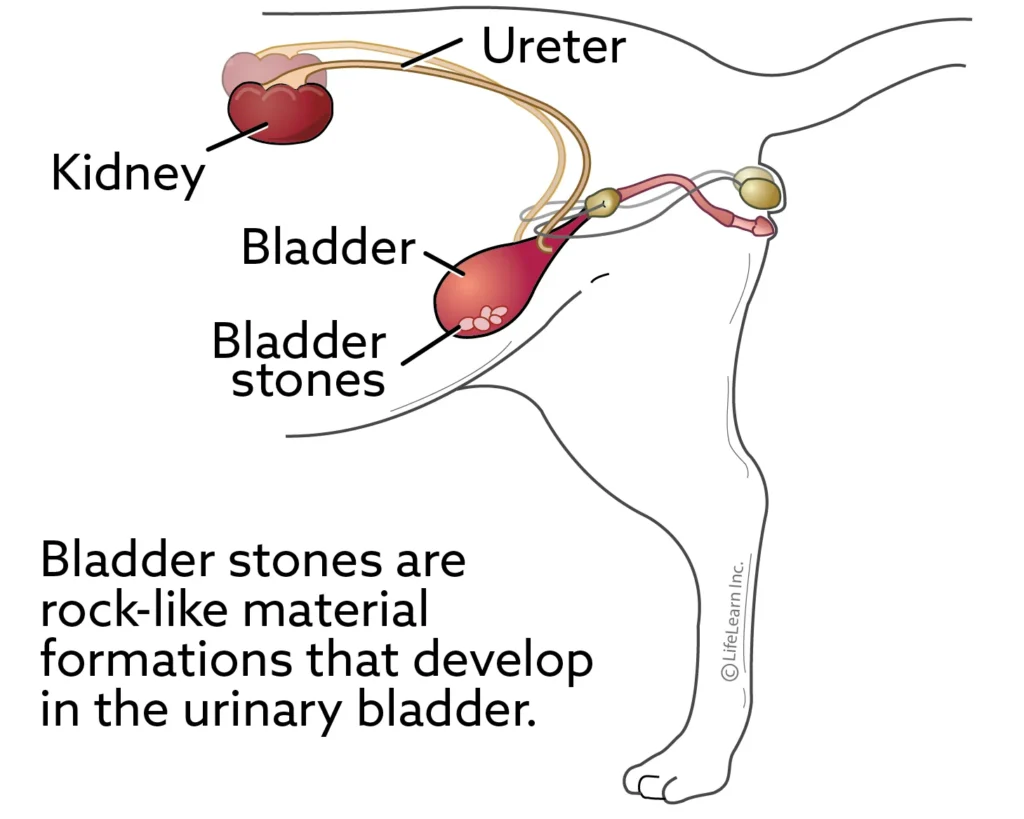
Bladder stones are rock-like formations of minerals that develop in the urinary bladder. All stones form because of disease or inflammation in the bladder. The most common signs in cats are bloody urine and straining to urinate. X-rays (with or without contrast dyes) or ultrasound may be necessary for diagnosis. The fastest way to remove bladder stones is via a surgical procedure called a cystotomy. Special diets or passing a catheter may be successful for some bladder stones. Your veterinarian will advise you of the best course of action for your cat’s situation.
Behavioral Health Medication Poisoning

Behavioral health medications are used in animals and humans. They include antidepressants, atypical antidepressants, antipsychotics, and amphetamines. Dogs and cats often require lower doses of these medications than humans and are sensitive to overdoses. As such, when a dog or cat gets into human doses of these medications or a pill vial of their own medication, behavioral health medication poisoning can occur.
Autoimmune Hemolytic Anemia in Cats
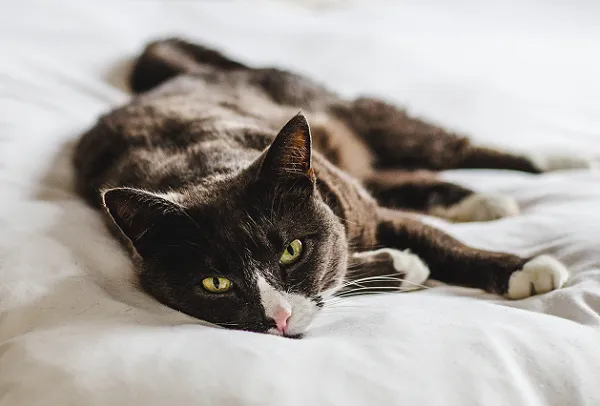
AIHA or IMHA is a life-threatening condition that may occur as a primary condition or secondary to another disease. Most cats with AIHA have severe anemia and their gums will be very pale. They will be anorexic, listless, easily tired, and will have increased heart and respiration rates. Diagnosis involves a complete blood count (CBC), biochemical profiles, urinalysis, and X-rays or ultrasound of the abdomen and chest. Treatment may involve blood transfusions and other medications over a prolonged time. The prognosis may be better if an underlying cause can be identified.
Atrial Fibrillation in Cats
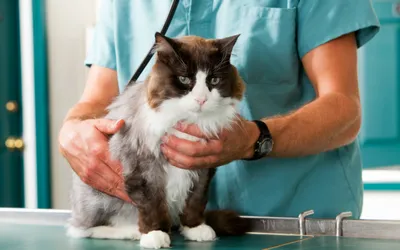
Atrial fibrillation describes very rapid contractions or twitching of the heart muscle, specifically in the atria. Most of the time, atrial fibrillation in cats occurs secondary to heart disease. Sometimes, in large breed cats, atrial fibrillation will occur as a primary heart problem. Most cats who develop atrial fibrillation have underlying heart disease, so the signs that are observed are often related to that underlying condition, and may include exercise intolerance, cough, or difficulty breathing. Treatment varies depending on whether the pet has primary or secondary atrial fibrillation. Your cat will need to be monitored on a regular basis.
Aspirin Poisoning in Cats

Aspirin is a commonly used, over-the-counter, nonsteroidal anti-inflammatory drug (NSAID) and is used to treat fever, pain, swelling, and clotting disorders in humans. Aspirin poisoning occurs when a cat ingests a toxic dose of aspirin, either through misuse or accidentally. Cats are especially sensitive to aspirin and salicylates, and as a result are more vulnerable to poisoning than dogs. High doses may damage major organs like the liver, kidneys, and central nervous system.
Aortic Thromboembolism in Cats
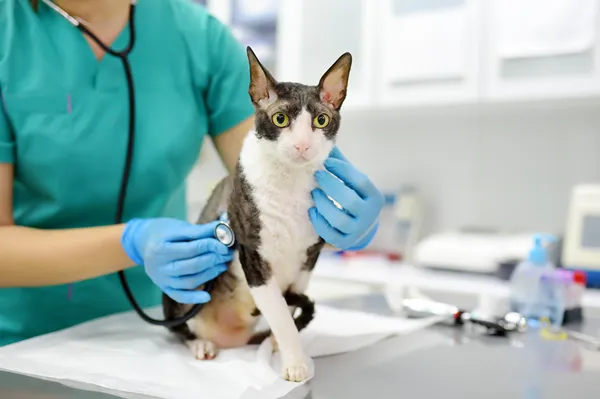
An aortic thromboembolism (ATE) results when a blood clot is dislodged and travels through the aorta, becoming lodged in a distant location. This clot causes severely reduced blood flow to the tissues receiving blood from that section of the aorta, leading to decreased oxygen in the tissues. A heart condition called hypertrophic cardiomyopathy is the most common cause. This article outlines clinical signs, treatment, monitoring, and prognosis for cats with this condition.
Anticoagulant Rodenticide Poisoning in Cats
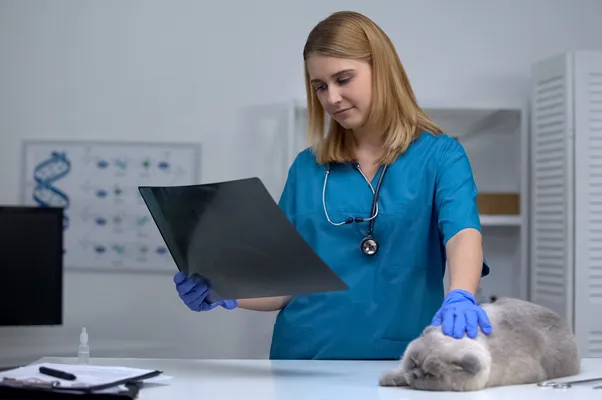
Anticoagulant rodenticide is used to kill mice, rats, and other rodents. Poisoning occurs when a cat ingests rodenticide. Anticoagulant rodenticides cause excessive bleeding by interfering with vitamin K1 recycling in the body. Vitamin K1 is needed for the body to make certain clotting factors that enable blood to clot and help to control bleeding.
Anisocoria in Cats
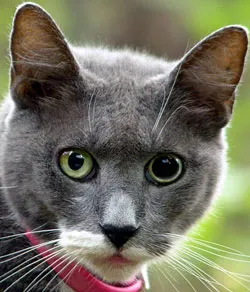
Anisocoria is a condition in which the pupils of the cat’s eyes are different sizes. Anisocoria is a symptom of an underlying condition or disease that needs to be identified and treated. Prognosis is guarded pending the diagnosis and treatment. Blindness may occur as a result of the underlying condition.
Alcohol Poisoning
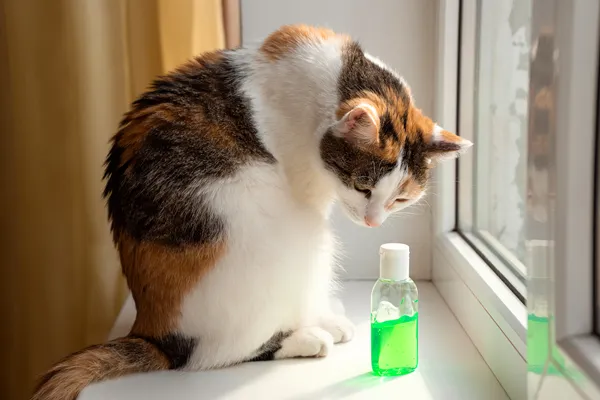
Ethanol overdose by ingestion, inhalation, or skin absorption leads to alcohol poisoning. Isopropanol (isopropyl alcohol/rubbing alcohol) and methanol (methyl alcohol) can also cause alcohol poisoning. If a pet is not showing clinical signs, decontamination may be performed, including inducing vomiting (for ingestions) or bathing (for skin exposure). Other therapies are discussed. Recovery is expected within 24–36 hours of the onset of signs.

